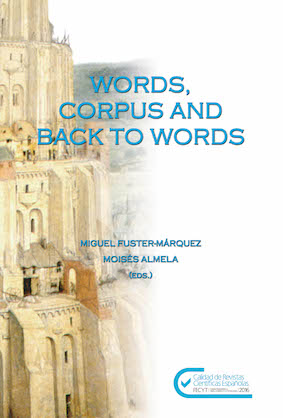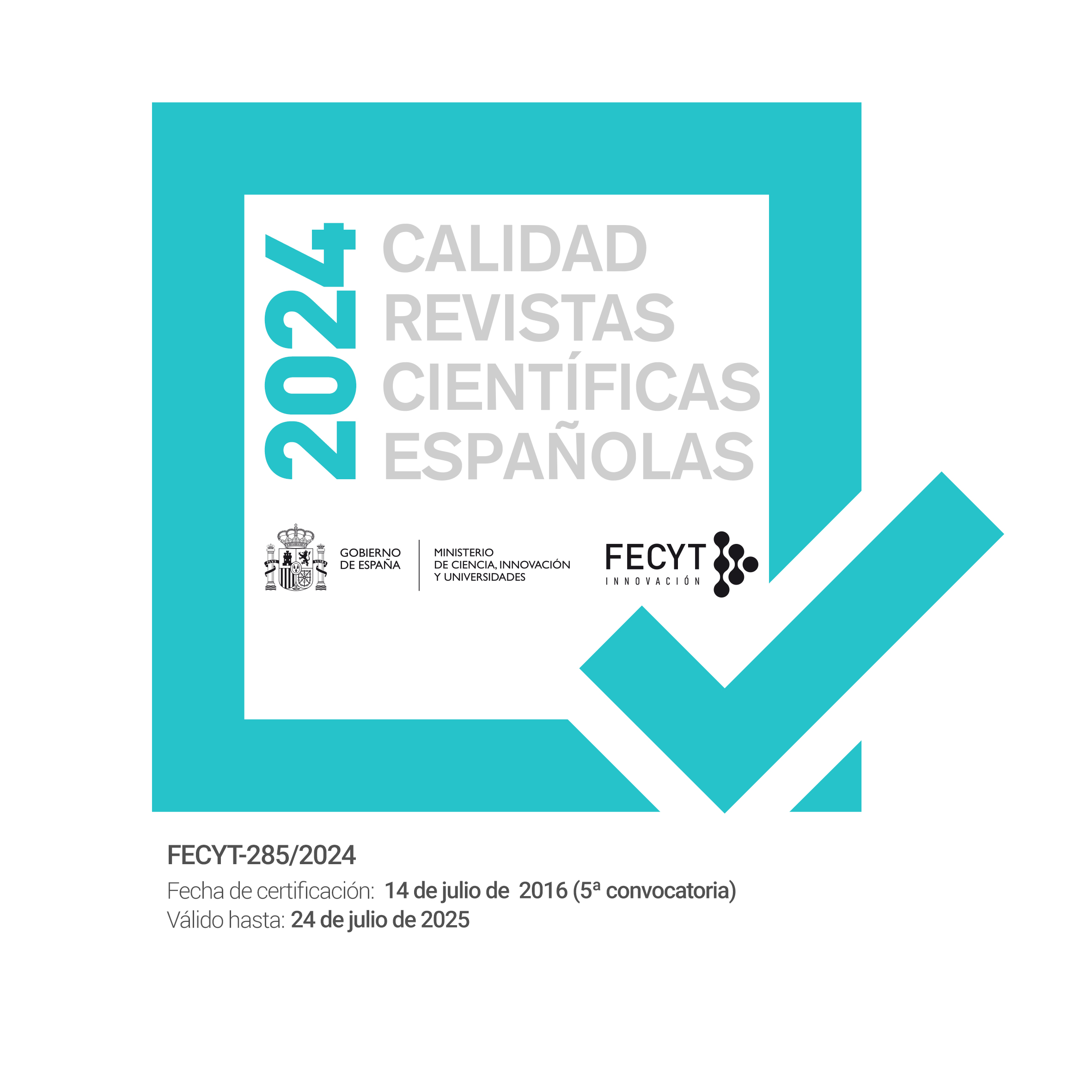Corpus linguistics and contrastive phraseology (German-Spanish): The multi word units of [PREP+N] structure. The case of entre lágrimas and under Tränen
DOI:
https://doi.org/10.7203/qf.22.11306Keywords:
phraseology, corpus linguistics, common multi-word units, German, Spanish Abstract
Abstract
The present article analyses the external and internal fixation of the binomial pattern [entre + NN] with zero article in Spanish and its equivalents in German. In particular, the article focuses on the expressions entre lágrimas/unter Tränen. The data have been extracted from the DeReKo corpus (Das Deutsche Referenzkorpus) and from the Sketch Engine corpora deTenTen 13 and eseuTenTen11. First, the article will present the objectives of the research project of which this study forms part. Then, I will address some applications of corpus linguistics in the field of phraseology. Finally, similarities and differences between the expressions investigated will be analysed based on the evidence obtained from the corpora.
 Downloads
Downloads
Downloads
Published
How to Cite
-
Abstract722
-
PDF (Español)701
-
PDF (Català)187
-
PDF182
Issue
Section
License
 Este obra está bajo una licencia de Creative Commons Reconocimiento-NoComercial-SinObraDerivada 4.0 Internacional.
Este obra está bajo una licencia de Creative Commons Reconocimiento-NoComercial-SinObraDerivada 4.0 Internacional.
Authors who publish with this journal agree to the following terms:
- Authors retain copyright and grant the journal right of first publication with the work simultaneously licensed under a Creative Commons Attribution License that allows others to share the work with an acknowledgement of the work's authorship and initial publication in this journal.
- Authors are able to enter into separate, additional contractual arrangements for the non-exclusive distribution of the journal's published version of the work (e.g., post it to an institutional repository or publish it in a book), with an acknowledgement of its initial publication in this journal.
- Authors are permitted and encouraged to post their work online (e.g., in institutional repositories or on their website) prior to and during the submission process, as it can lead to productive exchanges, as well as earlier and greater citation of published work (See The Effect of Open Access).




